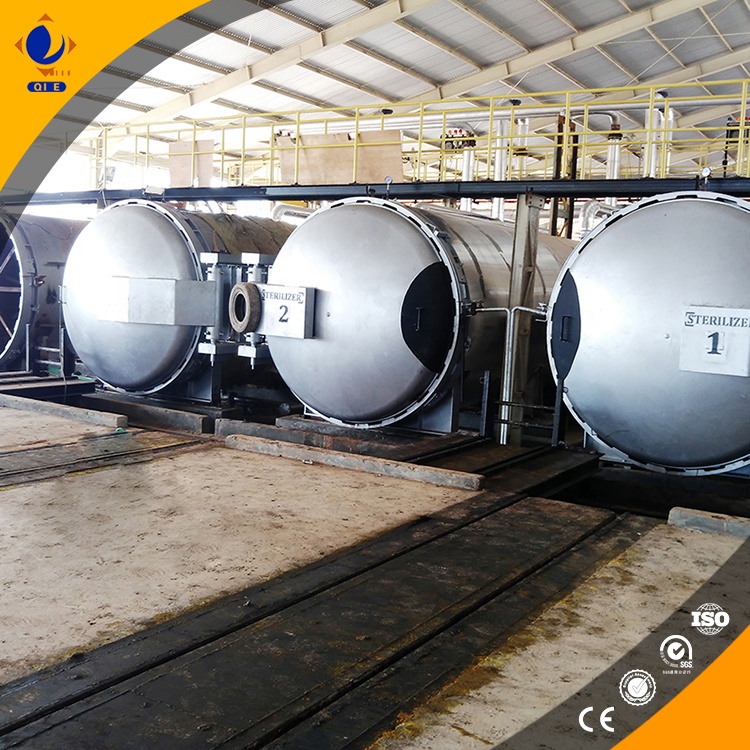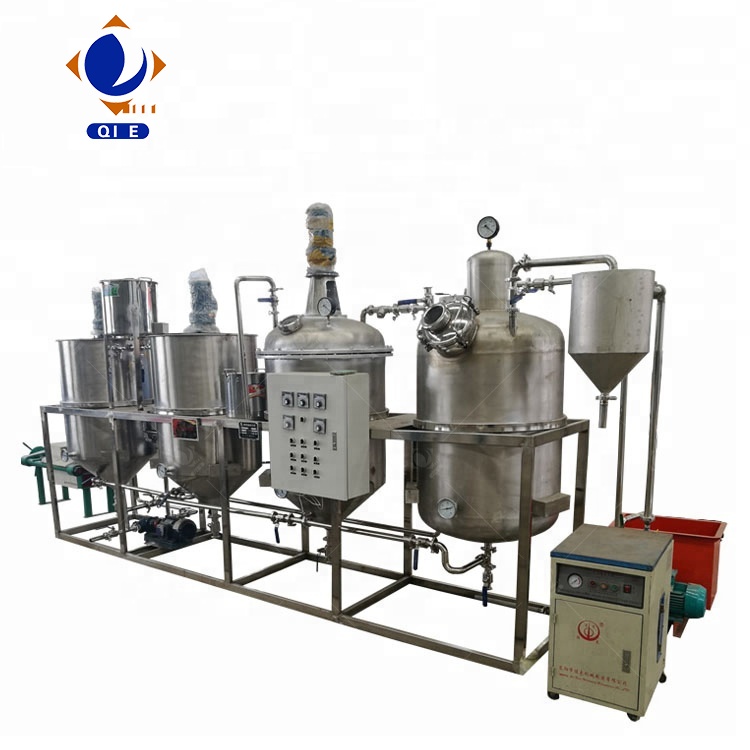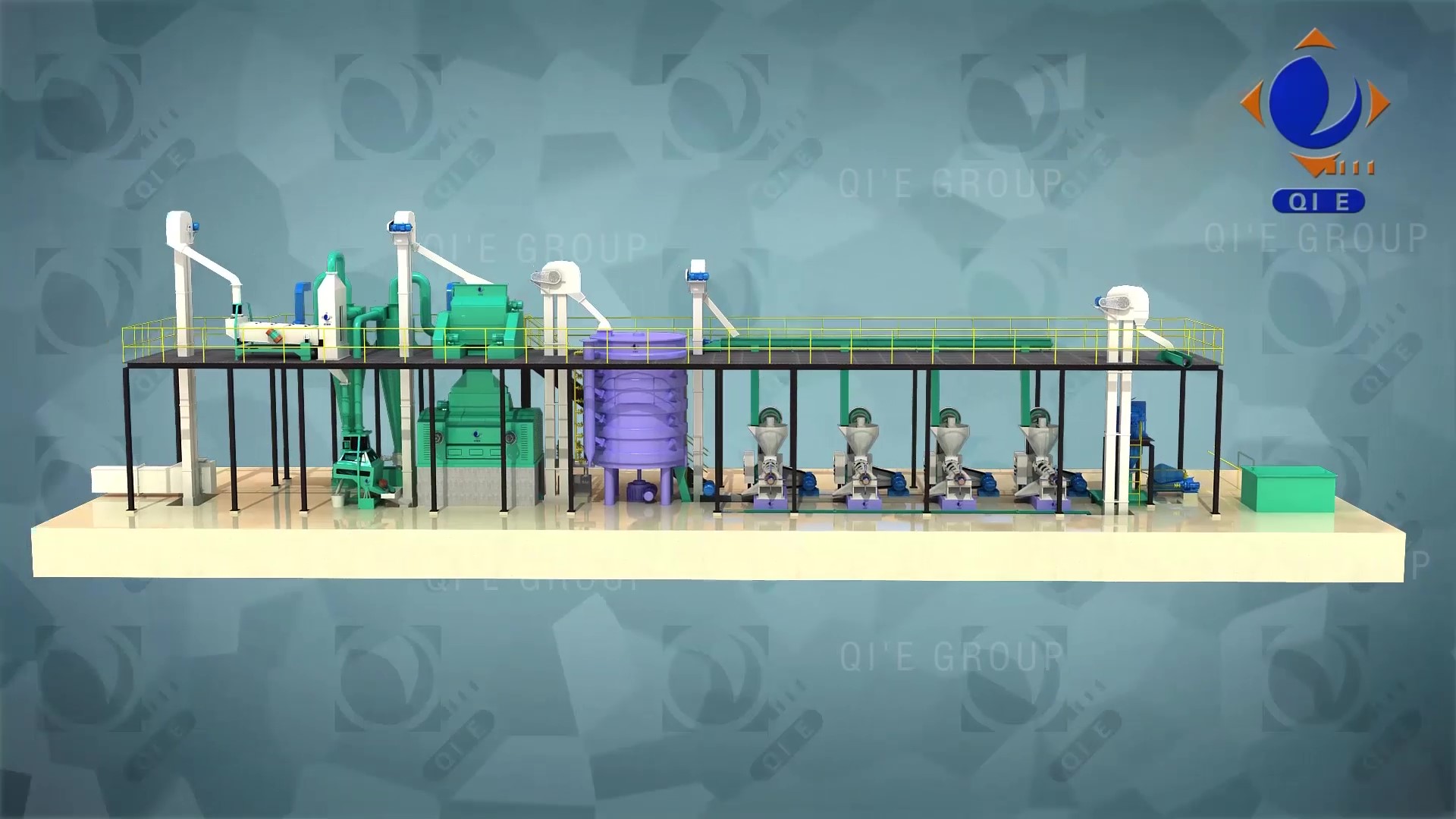
The global edible oils market is undergoing transformative shifts driven by sustainability demands and consumer preference for high-quality, clean-label products. Among them, sesame oil—a prized commodity across Asia, Europe, and North America—has found a new frontier for quality enhancement and environmental stewardship through supercritical carbon dioxide (CO₂) extraction technology.
Supercritical CO₂ extraction exploits the unique state of carbon dioxide above its critical temperature (31.1°C) and pressure (7.38 MPa), where it simultaneously acts as a gas and liquid. This dual nature enables CO₂ to selectively dissolve lipophilic compounds such as the valuable oils within sesame seeds, while leaving behind undesirable residues.
Compared to traditional cold pressing or solvent-based methods, supercritical CO₂ extraction offers a solvent-free, low-temperature process that preserves the delicate flavor and nutritional profile of sesame oil while ensuring zero solvent contamination — a decisive selling point in premium export markets.

The efficiency and quality of sesame oil extraction via supercritical CO₂ hinge on three principal variables: temperature, pressure, and extraction time.
| Parameter | Typical Range | Impact on Yield & Quality |
|---|---|---|
| Temperature | 35°C - 60°C | Higher temperatures can increase solubility but risk degrading heat-sensitive compounds like sesamin antioxidants. |
| Pressure | 15 MPa - 30 MPa | Elevated pressure enhances CO₂ density, boosting extraction yield, yet increases operational costs. |
| Extraction Time | 30 - 90 minutes | Longer times improve oil recovery but may reduce throughput efficiency. |
Industry case studies show that maintaining extraction at approximately 45°C and 20 MPa for 60 minutes typically achieves an optimal balance: oil yield can increase by up to 15% over cold pressing, with a retention of over 90% of original antioxidant activity, fulfilling stricter export quality criteria.

When juxtaposed with conventional extraction methods, supercritical CO₂ stands out distinctly in several dimensions:
| Extraction Method | Yield (%) | Flavor Preservation | Environmental Impact | Residue Risk |
|---|---|---|---|---|
| Cold Pressing | 45 - 50 | High | Low | None |
| Solvent Extraction | 55 - 60 | Low to Medium | High (Solvent Emission) | Possible Residues |
| Supercritical CO₂ | 60 - 65 | Very High | Minimal (Green Technology) | None |
The upfront investment in supercritical CO₂ extraction equipment is higher than for traditional methods. However, the decreasing operational costs and rising consumer premiums for clean-label, “green extracted” oils cushion this gap. Moreover, regulatory incentives increasingly favor low-emission production, aligning costs with global sustainability policies.

Governments worldwide are tightening food safety and environmental regulations, making solvent residues in edible oils a growing trade barrier. Simultaneously, health-conscious and eco-aware consumers now prioritize oils with natural antioxidants and traceability guaranteed by solvent-free processes.
This convergence is propelling the demand for supercritical CO₂ extracted sesame oils in premium export markets such as the EU and North America, where clean-label certifications can command up to 20% higher prices on average.
Expert Insight: “Supercritical CO₂ extraction is not merely a trend but a strategic evolution for sesame oil exporters aiming to meet stringent international quality and sustainability standards.” – International Oilseed Council (IOC), 2023
Curious about how integrating supercritical CO₂ extraction technology can elevate your sesame oil production and export potential?
Discover the Technical Whitepaper on Supercritical CO₂ Extraction Now

